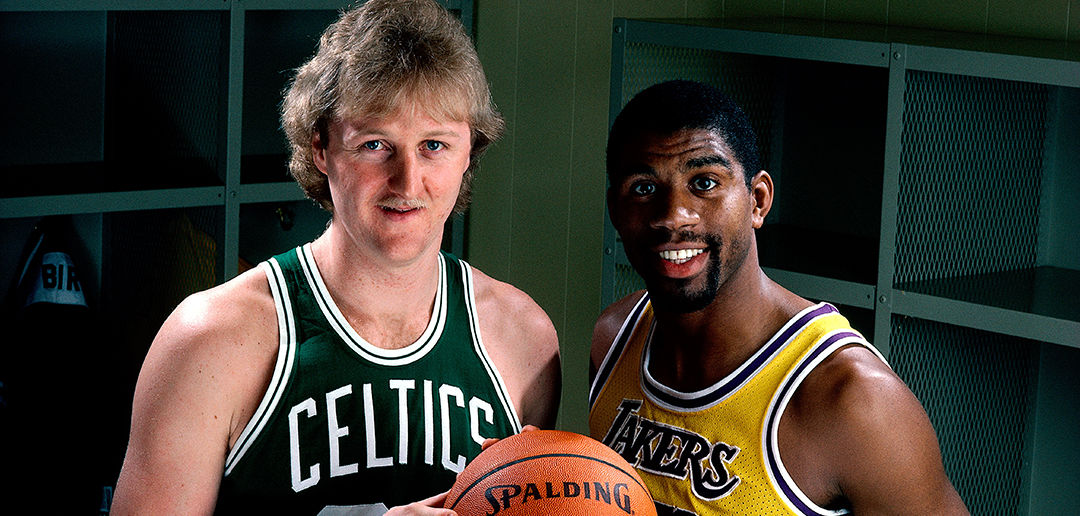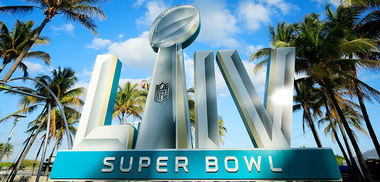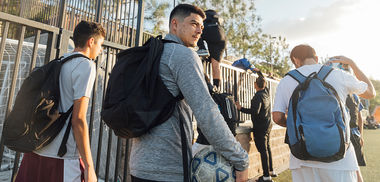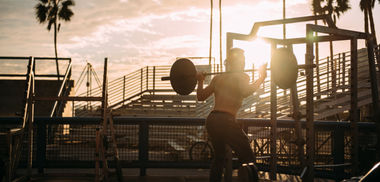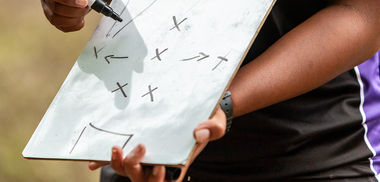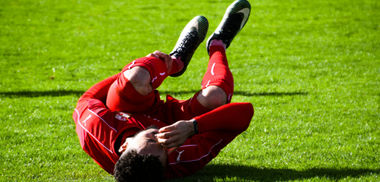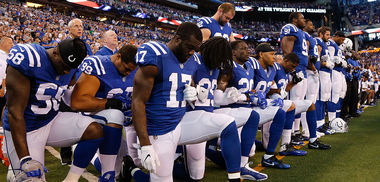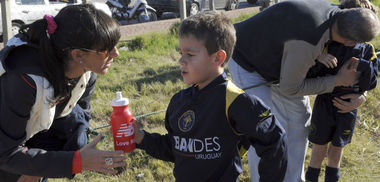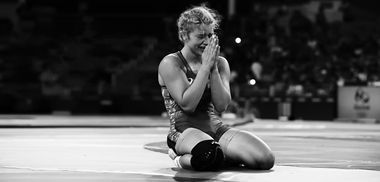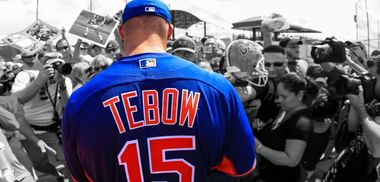Being cordial with a rival can seem unconscionable. Rarely are there conversations about how rivalries can create opportunities for opponents to genuinely relate to one another and strengthen existing bonds. Sometimes, rivals can also be -- wait for it -- friends. Here’s a few examples of how fierce opponents don’t always have to be each other’s arch nemesis.
The Williams Sisters
Venus and Serena are easily the most dominate sibling duo in tennis. Since showing up on the court eager and wide-eyed in colorful beaded braids nearly two decades ago, both women have redefined how spectators think of tennis players and the style of play they compete with. Their contributions to the game, on the court and off, have forever changed it. Both are accomplished in their own right, but Serena has been the sister with the best record against Venus. And it hasn’t come easy.
“Nobody has ever beaten me as much as Venus has,” Serena said in an interview ahead of this year’s Australian Open final. “I just feel like no matter what happens, we’ve won … a Williams is going to win this tournament.”
Sibling rivalries tend to be nasty and feed into a frenemy narrative. Especially in a case where the younger sibling seems to overshadow the older one.(Remember the story of Joseph and his brothers’ plot to kill him? They end up selling him into slavery instead. (Genesis 37:18-38))
Get our "Top Articles" sent to your inbox weekly.
Before Venus and Serena were each other’s fiercest competitor, they were best friends. They grew up learning the game together, striving for excellence together and dreaming together on the tennis courts in Compton, Calif. Years later they’d be competing for grand slam titles around the world with a familiar face on the other side of the net.
As much as commentators try to construct a convincing storyline about a sibling rivalry between these two, it always ends up being hard to believe based on the amount of admiration and respect they have for each other. We get to witness that nothing will come between their bond, no matter how shiny the trophy or how sizable the prize check.
Earvin “Magic” Johnson & Larry Bird
More often than not, rivals have more in common than they would like to admit. That’s what two of NBA’s most beloved playmakers found out over lunch in the summer of 1985.
Earvin “Magic” Johnson and Larry Bird had been trying to get the best of each other since their meeting in the 1979 NCAA championship final. As Larry would mention in the documentary, Magic and Bird: A Courtship of Rivals, his lackluster performance against Magic and the Michigan State Spartans would be a driving force in his training.
The two would become centerpieces for a renewed rivalry between the Boston Celtics and the Los Angeles Lakers. They were opposites seemingly in every way. One was white, stoic, and embodied Bostonian grit while the other was black, magnetic, and embraced the Hollywood spotlight.
So when both were scheduled to shoot a Converse shoe commercial they were able to get to know each other outside of the characters they were believed to be. Turns out both came from similar working class backgrounds, were family oriented, valued hard work and were passionate about their craft. Both were unguarded and a genuine friendship started to bloom.It’s a wonder how much you can learn about someone over a meal.
The tenor of the rivalry didn’t change much on the hardwood after that meeting. It’s no secret Larry wasn’t much for sharing niceties when it was game time. But after Magic was diagnosed with HIV, Larry was one of the first people to pick up the phone. Larry’s concern for Magic’s well being didn’t come from a place of selfishness or fear that he wouldn’t get to play against his toughest competitor anymore. Larry was invested in the life of the man behind the moniker. (Proverbs 17:17) Their story shows us that rivalries not only allow opponents to elevate their game, but can also lead opponents to heighten their genuine concern for one another.
Woody Hayes and Bo Schembechler
Certainly there are significant figures and moments that make rivalries what they are. That’s the case with Woody Hayes and Bo Schembechler. Both play major roles in how the Ohio State-Michigan rivalry is experienced today.
Usually it’s players that take shots at their opponents or the fans who love sharing their list of grievances about their rivals on local sports radio shows, but coaches participate in the bitter banter, too. Coaches can either be neutral mediators in rivalry situations and aware that their words have an incredible amount of influence or feed into the frenzy for the same reason.
After Michigan and Ohio State met on the gridiron in 1968, Hayes included a pretty spicy one-liner in his postgame comments that would motivate Bo’s Wolverines the following year. When asked why he decided to draw up a two-point conversion play following a late touchdown in a game the Buckeyes were largely leading in, Woody replied, “Because I couldn't go for three.”
Talk about adding salt to an already gaping wound.
Contrary to that comment and others like them during the Ten-Year War, there was no real bad blood between these two coaches. In fact, they held each other in high regard and cared for one another. Woody visited Bo after being hospitalized for his heart problems and Bo would do the same when his mentor suffered a stroke after his coaching days were over. The two knew each other well, with Bo having played under Woody at Miami (Ohio) and coached alongside him at OSU before becoming Michigan’s head coach.
On the field, Woody and Bo helped solidify the place the Ohio State-Michigan matchup has on the list of the all-time greatest rivalries in sports. Their admiration for each other off the field solidified a bond that even a highly-contested football game couldn’t break.
It’s a bit of a long shot to think that most staunch opponents will be two peas in a pod or BFFs, but there’s hope for players and coaches to flip the script on rivalry narratives and develop positive, lasting relationships.
